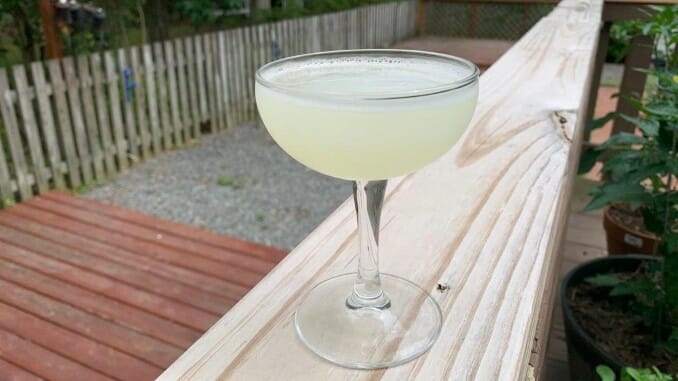Cocktail Queries: What Makes for the Perfect Daiquiri?
Photo by Jim Vorel, additional photos via Unsplash, Åsa Pålsson, Sharon McCutcheon
Cocktail Queries is a Paste series that examines and answers basic, common questions that drinkers may have about mixed drinks, cocktails and spirits. Check out every entry in the series to date.
We’ve covered a lot of ground in our Cocktail Queries series in the last few years at Paste, answering commonly asked questions about making home cocktails, as well as diving deep into individual spirits to explore topics like the best bourbon under $30, or defining the house styles of iconic Kentucky whiskey distilleries. Now, we’re drilling down on the “cocktail” in the title with this subseries on individual, classic cocktails, in order to answer the question of what makes for a great example of one of these drinks. What’s the key to a great old fashioned, for instance? A great Manhattan? A great daiquiri? A great negroni? We’ll explore them all, and then some.
Our first few entries in this series all focused on whiskey cocktails, but now it’s time to switch gears to a spirit that is near and dear to my heart: Rum. And if you’re going to be drinking a proper rum cocktail for the first time in your life, it could scarcely be anything but a delicious, refreshing daiquiri. This drink is a testament to simplicity, achieved through quality ingredients, careful attention to detail (especially when it comes to ratios), and understanding of a few basic techniques. Everything you learn in making a great daiquiri will also be extremely useful in mixing just about any other cocktail.
The daiquiri is essentially the basic foundation upon which most other tropical, rum-based drinks are based … and yet, it’s also painfully misunderstood by the average consumer. Why? Well, it’s mostly because the “daiquiri” name has been hijacked and co-opted over the years, attached to dozens or hundreds of other drinks that have little in common with a properly made, classic daiquiri. Many are completely jammed with fruit and sugar, seeking to hide the rum behind sweetness. The entire “frozen daiquiri” genre in particular has made many consumers unaware that the classic daiquiri isn’t a frozen or blended drink at all—its preparation actually has more in common with a martini than it does a piña colada.
In truth, the classic daiquiri is defined by the simplicity of its recipe—it is literally just rum, lime and sugar—but that simplicity belies one of the tastiest drinks in existence when they’re all brought together right. So without any further ado, let’s get into it.
-

-

-

-

-

-

-

-

-

-

-

-

-

-

-

-

-

-

-

-

-

-

-

-

-

-

-

-

-

-

-

-

-

-

-

-

-

-

-

-


 Freshly squeezed lime juice is great to have, but we’d never let a lack of it stop us from making daiquiris.
Freshly squeezed lime juice is great to have, but we’d never let a lack of it stop us from making daiquiris. Don’t try to convince yourself that you can make a daiquiri recipe without sugar or simple syrup. The results will suck.
Don’t try to convince yourself that you can make a daiquiri recipe without sugar or simple syrup. The results will suck.






































